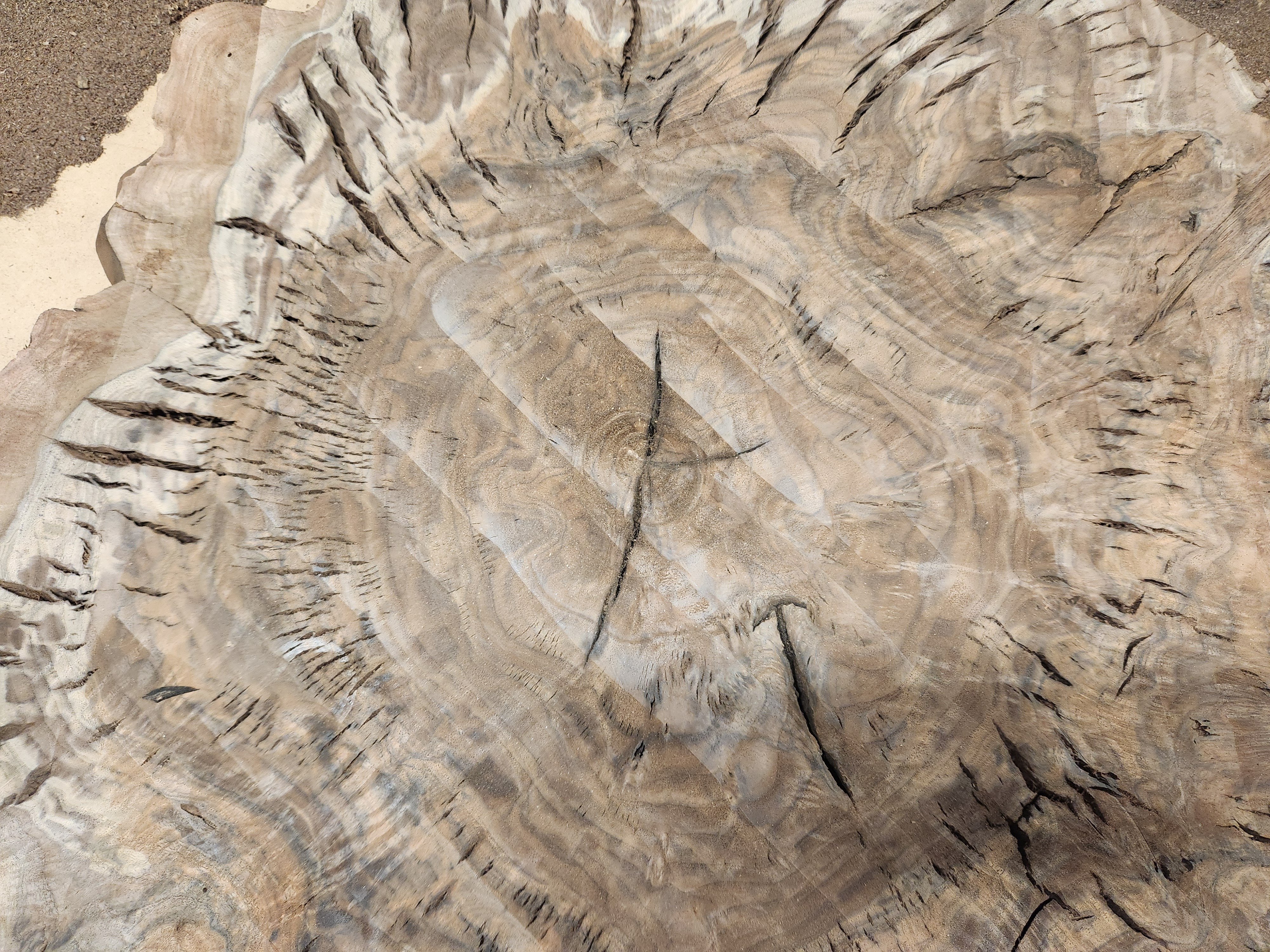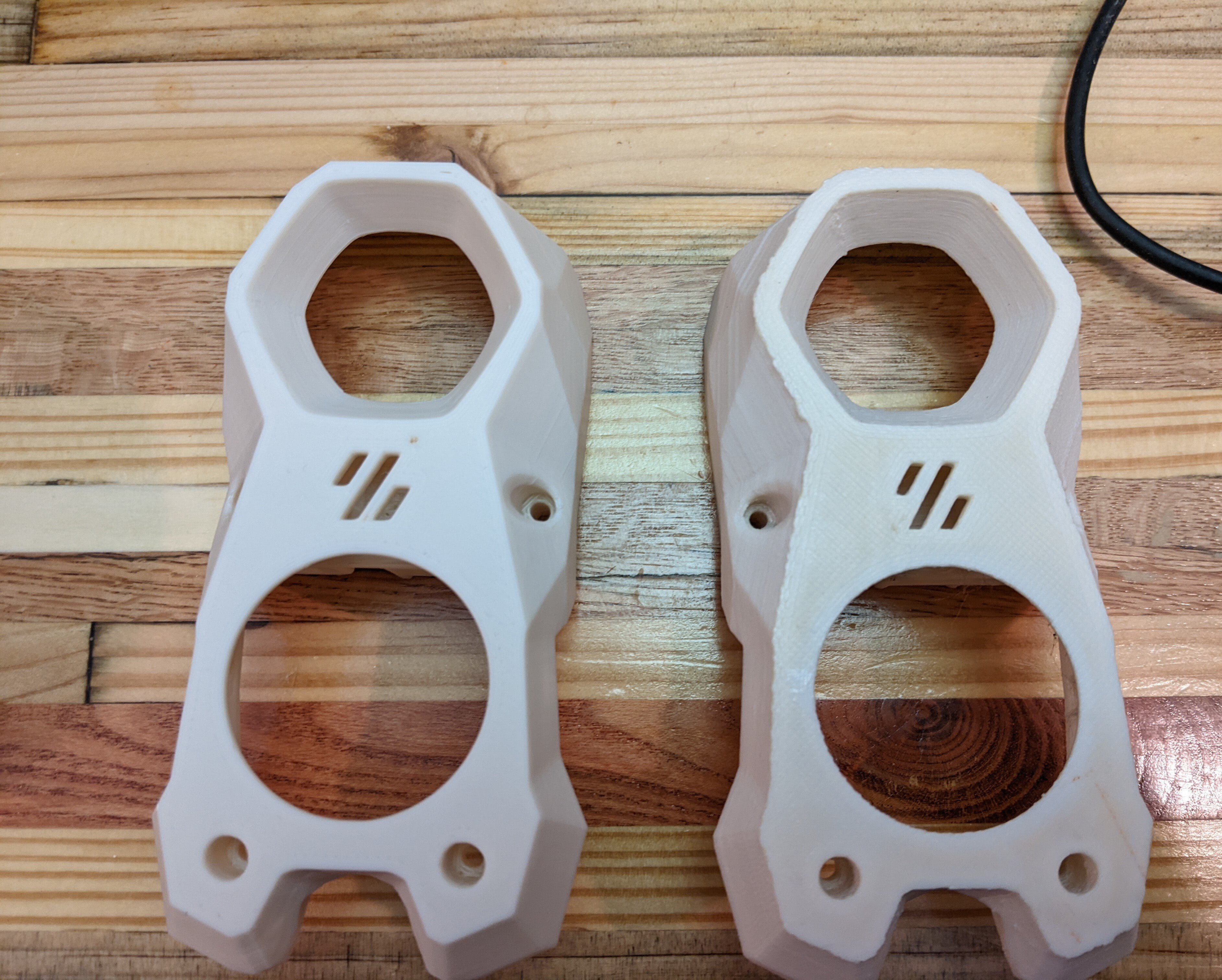Clean out the voids, brush epoxy on with the cookie in a melamine or tuck taped form to catch leaks, repeat as needed, flip and remove material as needed.
Alternatively you could clean out the voids and go ham with glue and sawdust in a contrasting wood to avoid the dying epoxy fad.


